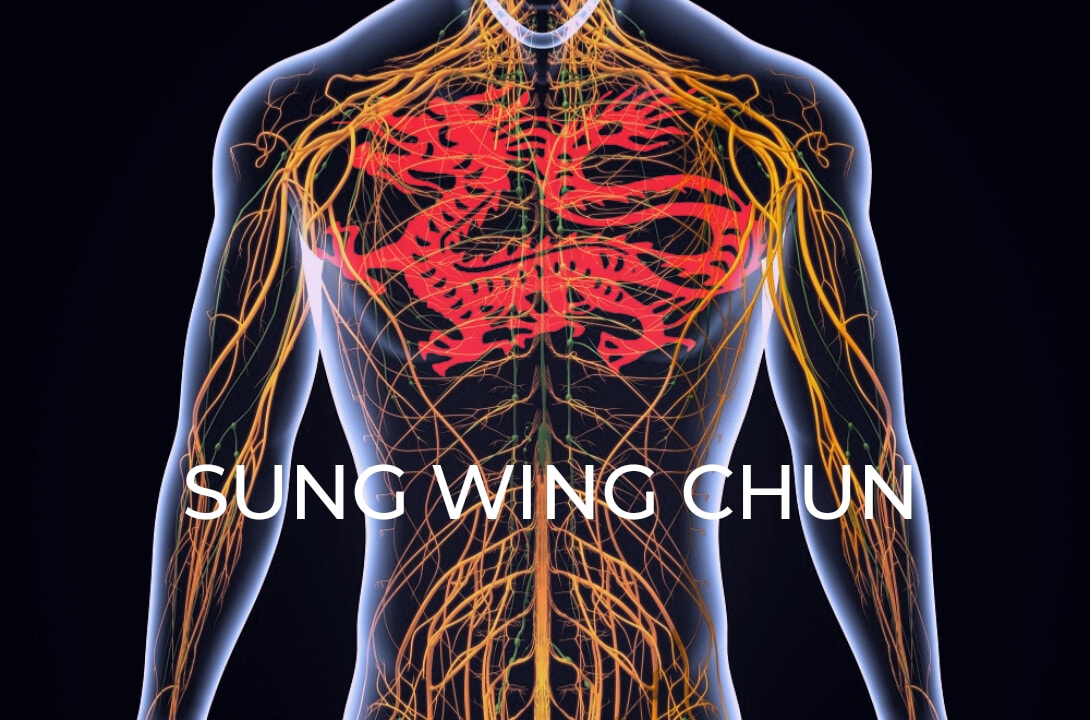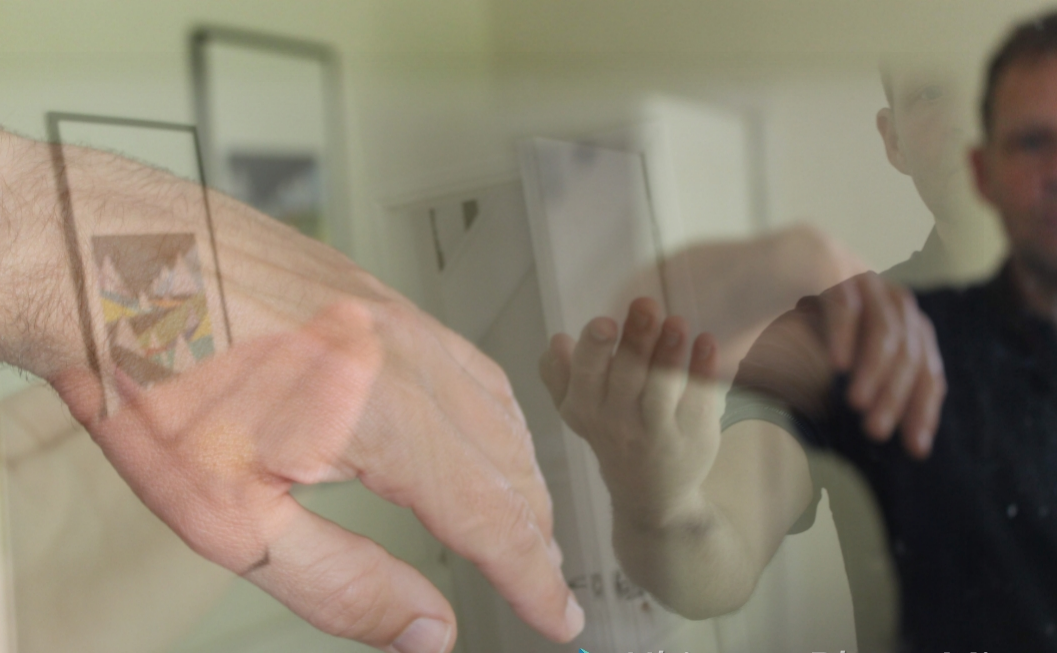Shapes
8/17/2018
I think most people have got wing chun wrong, in fact traditional martial arts can be so misinterpreted it risks the whole point of them becoming ineffective. If we take fighting strategy out of the equation for a moment, what we have left is body mechanics. If you do not have good body mechanics, your strategies and techniques will never work. Look at successful fighting arts like boxing, BJJ and wrestling, they have good fundamentals, they emphasis physical conditioning, they use there bodies well (good alignment and leverage relative to the opponent) and they stick to basic principles. They may be ‘external’, but they are effective and the fighting strategies of the arts are relatively easy to apply to the mechanics.
I look at wing chun and I see crazy ideas about optimal angles, perfect shapes etc. What? Optimal relative to what exactly, to who? How can you have an arm shape which is fixed using muscles intended to retard your movement and then call that logical. Why is using your lat muscles to pull your arm into the centre of your body effective in dealing with a force directed at you? Force will come at you from multiple angles and will be ever-changing, and so shape is fleeting. Someone I have always admired a lot is Tony Psaila. Like me he is a grand-student of Chu Shong Tin, although he has trained a lot longer than me and has taught at a high level for many years. A line in one of his videos has always stuck in my head ‘it is not the shape of the arm, it is the state of the arm that matters’. Although shapes are talked about a lot even within my lineage, if you look at greats like CST, Tony Psaila or Sifu Ma Kee Fai, they do not keep static shapes, their movement ebb and flow, arms adapting to the pressure relative to the opponent. And this is my point, your arm position has to be relative to what it is doing, relative to where you are in space and where your opponent is. I would go as far as to say ‘it is not the shape of the body, it is the state of the body that is important’, on the basis that you cannot treat your arm as not being part of your body. The biggest mistake I see with people trying to use relaxed body structure within their wing chun is that even when they start to tap into using their body mass, they then return to putting their arms into shapes not relative to the situation at hand. Why do a tan, fook or bong if that involves removing your focus from your opponents centre. As soon as you chase the hand you are aligning in the wrong direction. You undo your good work. Instead of trying to do wing chun, you should work the fundamental training processes and let your body do the wing chun for you. Ultimately we seek a method where are no techniques, no hand positions, just point and made the decision as whether you strike. If a bong or a fook shape appears, so be it. This probably makes little sense to people who have not practiced this way. From experience I know it does not come across in words or even video, you have to feel it and do it before you can intellectualise it. One thing I will say is that you do need to think through some basis fundaments. Namely, how does your body deal with force? You only have two legs so a horizontal force is always going to put pressure on your shoulders, lower back and hips. You can use a ‘rear leg’, but that will start the process of alignment which will be only strong in one direction (unfortunately people will adapt and move when they want to hit you). Everyone into ‘internal arts’ now says ‘use the floor’ or ‘jin path’. This may help you avoid localising force and getting it locked in your joints, but even if you direct it to the ground from the contact point unfortunately the ground will not magically eat it up; it will not seep to the core of the earth. In fact all that ultimately gives you is an anchor point but you will still have to deal with an equal and opposite force existing between the floor and your contact point with the opponent. Even when you punch someone you have to deal with that equal and opposite force. Fine if you have the conditioning of a boxer, but not fine for those who do not train that way. What we are left with is our relationship with gravity, our relationship with the opponent and how we deal with the two. Arm shapes do not really help with this. It comes back to the work we do with standing practice, our relationship with ‘up’ and how you have ‘make’ your opponent carry your weight. That I can only teach with hands on experience. The shapes you eventually make may look like in the wing chun forms, but it is how the joints and the body reacts to force which is more important. A final few questions to anyone still reading. Do you practice CST wing chun and if so is standing practice a core part of your training? Do you really understand why you do it, in the sense of why it will help you deal with force? If you don’t do standing practice, it you do not understand why you do it then my final questions to you are why? Are you sure it is CST wing chun?
6 Comments
Rini Pijnenburg
8/17/2018 10:40:33 am
I do not really understand why I do standing practice. The best I understand ‘standing practice’ is that it helps me to become more relaxed and become more whole, and that that helps me to become more able to handle force, both incoming and outgoing. I say I don’t really understand it because I don’t really know what I’am doing. I just do the best I can to do what I’ve been taught and try to find some sense and effect there.
Reply
Trent
8/17/2018 06:08:49 pm
Hey I just started Wing Chun and I have a question about your article. Forgive me if it sounds naive as I am new. What exactly do you mean by "making your opponent carry your weight"? Do you mean pushing into them with your weight? If so, isn't it just using force against force? And if that is the case, wouldn't the bigger opponent just win?
Reply
John Kaufman
8/18/2018 04:29:49 am
Good article Dan. Dan really knows his stuff. Anyone in our lineage (and those outside it too) will definitely benefit greatly from working with Dan. As he said, you have to feel the effectiveness of what he does. I have and there is no question in my mind that Dan's wing chun methods are some of the very best!
Reply
Daniel Parr
8/18/2018 04:44:42 am
Thanks John, your comments are very kind and most appreciated.
Reply
Daniel Parr
8/18/2018 04:53:21 am
It is hard to answer your questions as I do not know your lineage or background. I will try to say what I can honestly.
Reply
Daniel Parr
8/18/2018 04:55:08 am
Question as deeply as you can. You do standing to release and relax your body, but how does that help it deal with force and create force? Where does the force go?
Reply
Your comment will be posted after it is approved.
Leave a Reply. |
AuthorKeeping you up to date with what is happening in class Archives
July 2024
Categories |


 RSS Feed
RSS Feed